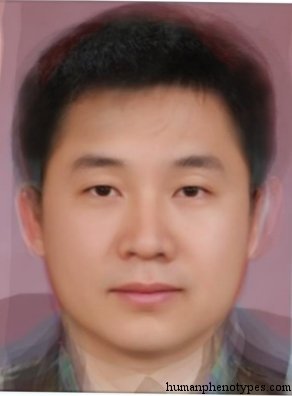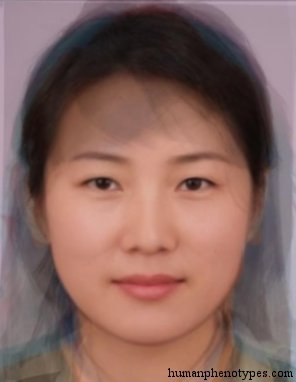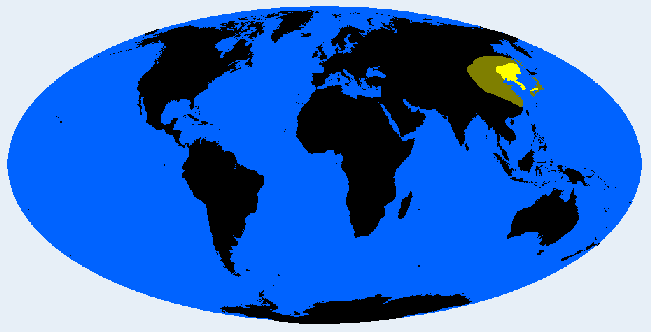Description:
North Sinid subtype, significantly influenced by Tungid. Typified by Manchu and Koreans. Most common in Manchuria / North China, and Central as well as North Korea, occasionally across China and in the Amur Valley. Has a Japanese Okayama subvariety that is especially found around Kyoto and in the west of central Honshu. The Japanese Choshiu type is a gracilised modification and sometimes included.Physical Traits:
Pale yellow to dusky yellow brown skin with coarse straight, sometimes wavy hair. Medium height, macroskelic, ectomorph to endomorph. (Hyper-)brachycephalic, hypsicranic with a mildly leptorrhine, sometimes aquiline nose. The face is flat with cheekbones weaker than in Tungid. The chin weak, prognathy mild, the lower lip is relatively thick. The Mongolian fold is pronounced.Literature:
Defined as Manchu-Korean by Baelz (1901), the name was kept by Yarkho (1929), Cheboksarov (1951) or named Korean (Debets, 1974). Biasutti (1941) had Korean as a North Sinid subrace. Hasebe's, Matsumara's (c.p. Matsumoto, 1921, 1925) and Eickstedt's (1952c) Okayama type fits here.







